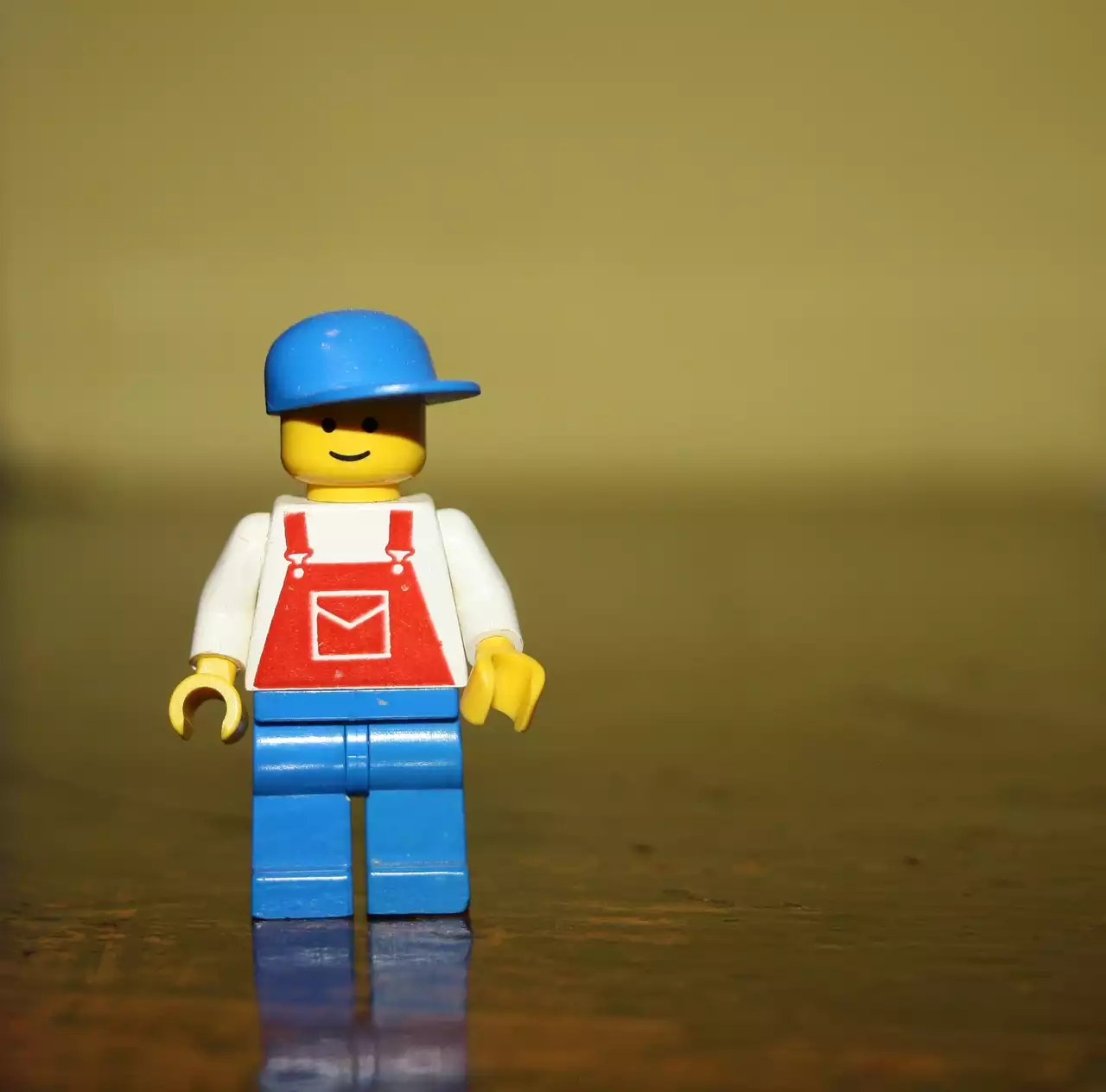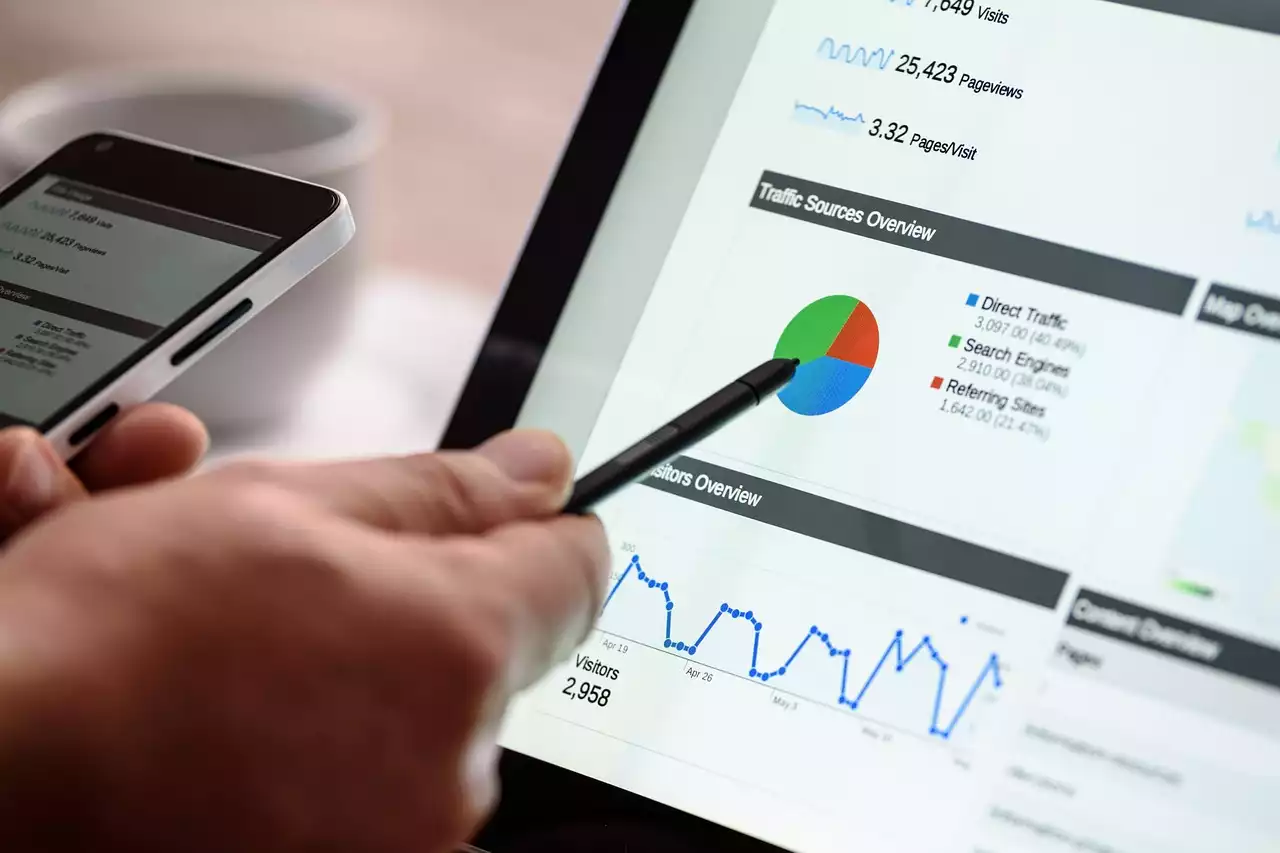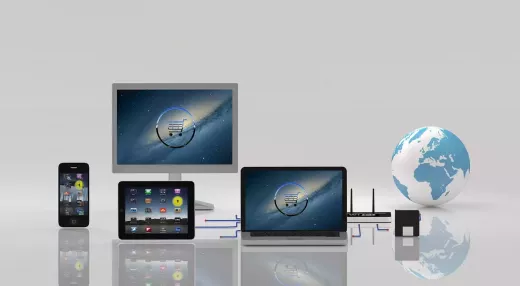Why personalization is important in email marketing
Personalization has become a buzzword in the world of digital marketing, and for a good reason. Personalization helps to create a more relevant and engaging experience for your audience. In email marketing, personalization can help you stand out from the crowd and increase the chances of your emails being opened and clicked on.
When you personalize your email content, you're not only showing your audience that you understand their needs and preferences, but you're also building trust and credibility. By delivering content that resonates with your audience, you're more likely to drive conversions and build long-lasting relationships with your customers.
Personalization statistics in email marketing
Personalization has been shown to have a significant impact on email marketing performance. According to a study by Experian, personalized emails have a 29% higher open rate and a 41% higher click-through rate than generic emails. Another study by Campaign Monitor found that personalized subject lines can increase open rates by 26%.
These statistics highlight the importance of personalization in email marketing. By taking the time to personalize your email content and subject lines, you can significantly improve the performance of your email campaigns.
How to collect data for personalization
To personalize your email marketing, you need to collect data on your subscribers. There are several ways to collect data, including:
1. Sign-up forms
Sign-up forms are an excellent way to collect basic information about your subscribers, such as their name and email address. You can also use sign-up forms to ask for additional information, such as their interests or preferences.
2. Website behavior
By tracking your website visitors' behavior, you can gain valuable insights into their interests and preferences. For example, if a visitor spends a lot of time on a particular product page, you can assume that they're interested in that product and use that information to personalize your email content.
3. Surveys
Surveys are an excellent way to collect detailed information about your subscribers, such as their preferences and pain points. You can use this information to create highly targeted and personalized email content.
Segmentation for personalization
Once you've collected data on your subscribers, the next step is to segment your audience. Segmentation is the process of dividing your subscribers into smaller groups based on shared characteristics or behaviors. By segmenting your audience, you can deliver highly targeted and personalized content that resonates with each group.
There are several ways to segment your audience, including:
1. Demographics
Demographics include characteristics such as age, gender, location, and job title. By segmenting your audience based on demographics, you can personalize your content to appeal to specific groups.
2. Behavior
Behavioral segmentation involves analyzing your subscribers' behavior, such as their website activity or past purchases. By segmenting your audience based on behavior, you can create highly targeted and personalized content that speaks directly to their interests and needs.
3. Preferences
Preferences refer to your subscribers' likes and dislikes. By segmenting your audience based on preferences, you can deliver content that resonates with each group and drives engagement.
Personalizing email subject lines and content
Personalizing your email subject lines and content is key to creating a more engaging and relevant experience for your subscribers. Here are some tips for personalizing your email content:
1. Use the subscriber's name
Using the subscriber's name in the subject line and opening sentence of your email can help to grab their attention and make the email feel more personal.
2. Use dynamic content
Dynamic content allows you to personalize your email content based on the subscriber's behavior or preferences. For example, you could show different product recommendations based on the subscriber's past purchases or browsing history.
3. Use location-based targeting
If you have subscribers from different locations, you can use location-based targeting to personalize your content based on their location. For example, you could promote local events or offers that are relevant to each subscriber's location.
Dynamic content for personalization
As mentioned earlier, dynamic content is a powerful tool for personalizing your email marketing. Dynamic content allows you to show different content to different subscribers based on their behavior or preferences.
Here are some examples of dynamic content:
1. Product recommendations
You can use dynamic content to show different product recommendations to each subscriber based on their past purchases or browsing history.
2. Personalized offers
Using dynamic content, you can create personalized offers based on each subscriber's behavior. For example, you could offer a discount on a product that the subscriber has shown interest in.
3. Countdown timers
Countdown timers can create a sense of urgency and encourage subscribers to take action. You can use dynamic content to show different countdown timers to each subscriber based on their time zone.
Personalization mistakes to avoid
While personalization can be a powerful tool for email marketing, there are some common mistakes that you should avoid:
1. Overpersonalization
Overpersonalization can make your emails feel creepy or intrusive. Avoid using personal details that your subscribers may not have voluntarily shared with you.
2. Lack of relevance
Personalization is only effective if it's relevant to your subscribers. Make sure that you're using the data you've collected to deliver content that's tailored to each subscriber's interests and needs.
3. Lack of testing
Personalization requires testing to ensure that it's effective. Make sure that you're testing your email content and subject lines to see what resonates with your audience.
Tools for email personalization
There are several tools available to help you implement personalization in your email marketing campaigns. Here are a few examples:
1. Email marketing platforms
Most email marketing platforms offer personalization features, such as dynamic content and segmentation.
2. CRM software
CRM software can help you collect and analyze data on your subscribers to create highly targeted and personalized content.
3. Personalization platforms
There are several personalization platforms available that can help you create highly personalized email content and subject lines.










